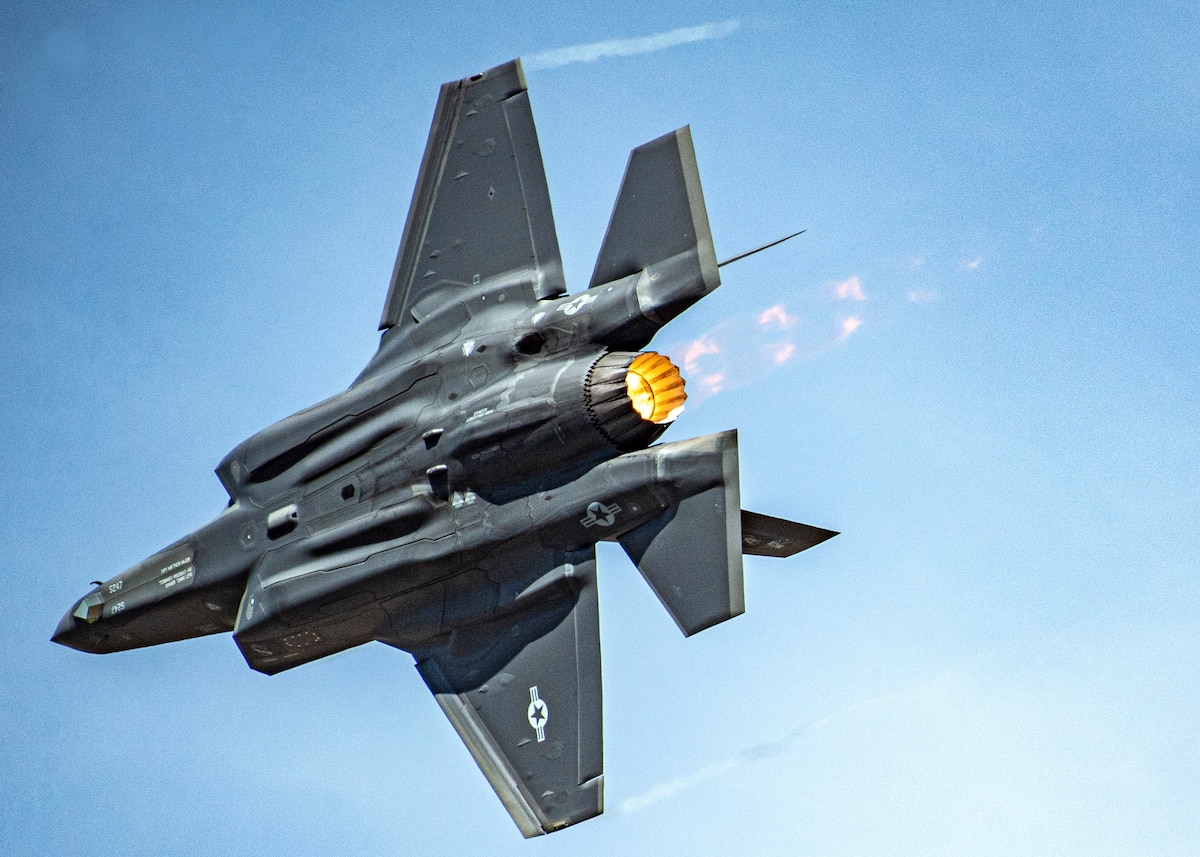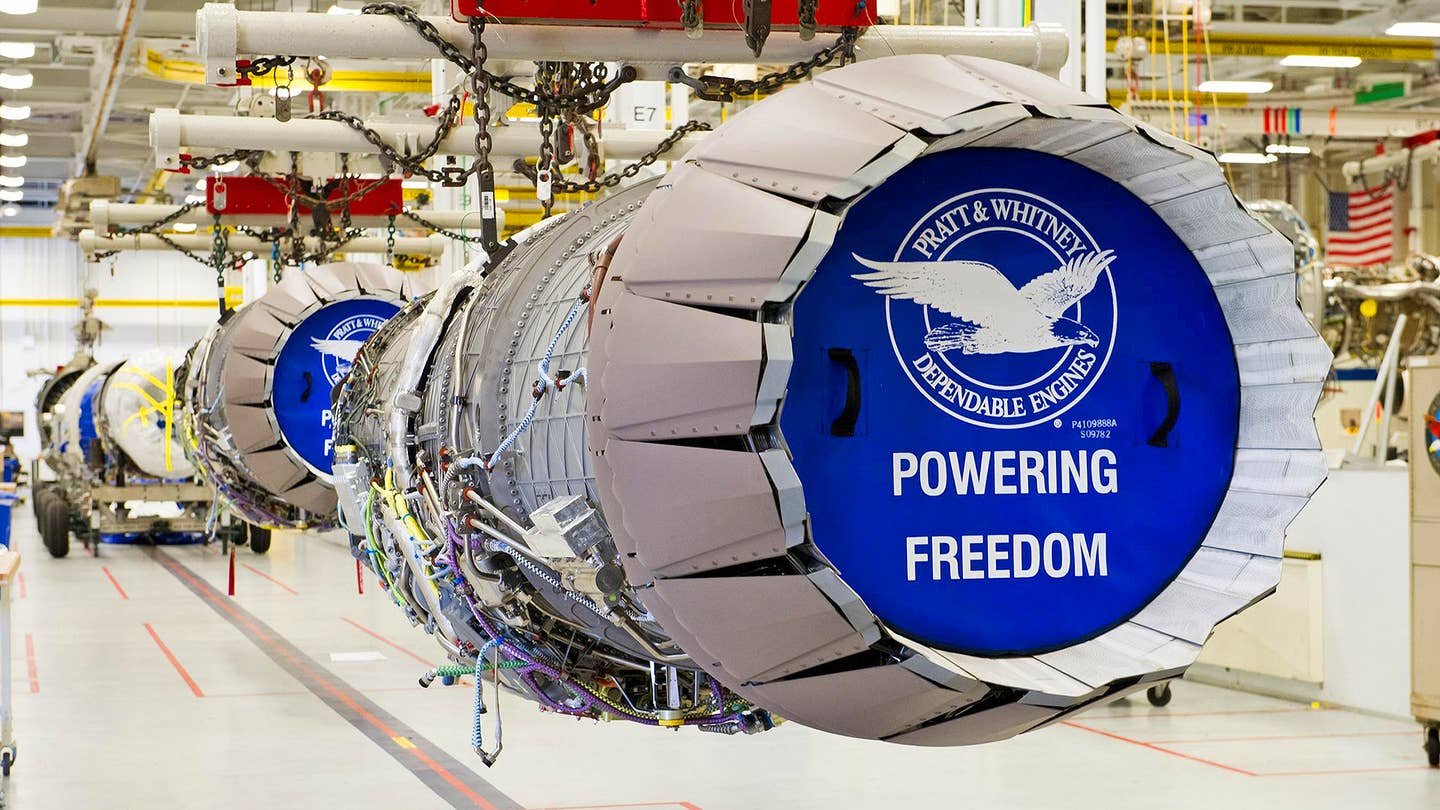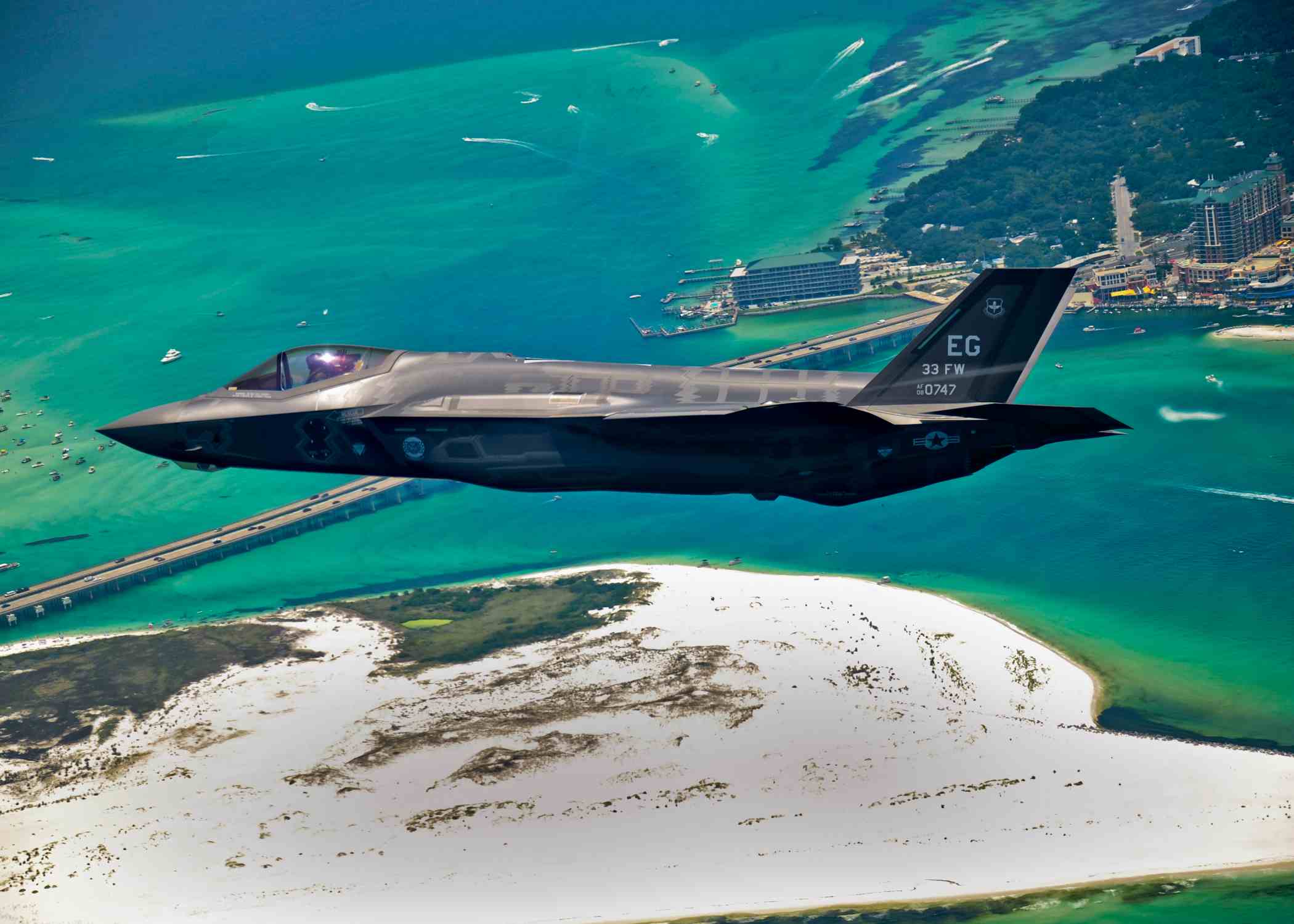The F-35 fighter jet is increasingly being in the Indo-Pacific region to deter the Chinese military. However, engine-related problems are throwing a spanner in the smooth operation of these fighter jets.
The F-35 fighter aircraft is regarded as one of the most valuable military assets in the US military and is often mentioned as crucial equipment for carrying out air operations against opponents like China, especially in the Indo-Pacific area.
A few days ago, the US Air Force announced the deployment of the F-35 Lightning II fighters to Okinawa as it continues to replace its permanently stationed F-15 Eagles at Kadena Air Base in Japan.
The air force’s Kadena base is strategically located about 450 miles from Taiwan. The base promotes itself as the crucial and central point of the Pacific region. The air force is committed to replacing the older F-15 Eagles with newer, more advanced aircraft with more excellent capabilities.
Other fifth-generation aircraft, the F-22, and the F-16, are already stationed at the Kadena air base. Nonetheless, deploying F-35s will boost the US Air Force’s regional presence.
Furthermore, the deployment is part of a larger trend in Asia, which involves the increasing presence of fifth-generation combat aircraft. South Korea and Japan, two US allies in the region, each have their operating fleet of F-35 fighter jets.

Singapore operates F-35 fighter jets as well and declared early this year that it would be placing an order for eight more F-35B Lightning II combat jets.
Thailand, which has strong defense connections with Beijing, has also decided to acquire F-35 fighters and is waiting for approval from the United States.
The relevance of the F-35 fighter aircraft in the Indo-Pacific area can be attributed to its cutting-edge technology, impressive capabilities, and adaptability in various military operations.
With its advanced stealth features, the F-35 is designed to evade detection by radar, making it a valuable asset for conducting covert missions.
Additionally, it is equipped with advanced sensors and communication systems that allow it to gather and transmit vital intelligence data in real time, which is essential for making smart choices during military operations.
In the Indo-Pacific region, where tensions are high due to territorial disputes and geopolitical competition, the F-35’s capabilities are highly sought after by the United States and its allies.
The F-35 is considered a critical tool for conducting air operations against adversaries such as China and North Korea, as it can deliver the necessary air support and precise attacks on crucial targets.
It is anticipated that over 300 F-35 fighters will be stationed in the Indo-Pacific region by 2035, with users including Australia, Japan, Singapore, South Korea, and the United States.
However, China is well aware of the growing presence of these American-made stealth aircraft in the region. To counterbalance the increasing deployment of F-22 and F-35, Beijing has already stepped up production of its fifth-generation J-20s in recent years.
Thus, a confrontation between the American-manufactured fifth-generation fighter and the J-20 is likely to occur in the event of a conflict.
But, the US military might face obstacles as the F-35 is experiencing operational difficulties due to the problems linked to its current engine.
Overheating Issues With F-35 Engine
On March 29, a top US official disclosed that the Pratt & Whitney F135 engines that powered F-35 fighter aircraft have been “under spec since the beginning.”
This necessitates consistently operating the engines at higher-than-anticipated temperatures, contributing to increased maintenance and logistics activities while degrading the F-35’s overall readiness rates.
As a result, the US military views the proposed engine enhancements for all F-35 Joint Strike Fighter types as critical, the official added.
Top US military leaders underlined the F135 engine’s shortcomings when justifying a decision to undertake an Engine Core Upgrade (ECU) initiative before House Armed Services Committee subcommittee members on March 29.
In the Pentagon’s Fiscal Year 2024 budget proposal, the US military rejected the idea of developing an entirely new engine for their F-35s, based on the Advanced Engine Transition Program (AETP), due to high anticipated costs and technical challenges.

The military found an upgrade important because the “Power and Thermal Management System,” built by a Lockheed Martin subcontractor, “is underperforming,” leading to reduced engine life.
The Pentagon’s F-35 fighter jet fleet only has around half of its deemed mission-capable aircraft, which is significantly less than the 65% target, according to the F-35 Program Executive Officer.
During his first appearance before Congress as the F-35 Program Executive Officer, Air Force Lt. Gen. Mike Schmidt expressed his dissatisfaction that only half of the United States Joint Strike Fighter fleet was operational as of February 2023, which he described as an unsatisfactory figure.
The program manager said that as of February, the average monthly rate of operational jets in the fleet of over 540 F-35s was 53.1%. This indicates that these aircraft can carry out some of their essential missions, including combat, training, testing, and show-of-force flights.
This figure falls short of the target rate of 65%. In a written statement, Schmidt stated that the proportion of aircraft capable of carrying out their missions, or the so-called full mission capable rate, was less than 30%.
Schmidt expressed in his pre-written statements that the current readiness rate is unacceptable and that his primary objective is to maximize readiness. He added that he aims to raise readiness rates by a minimum of 10% within 12 months.
“Readiness challenges remain, as indicated in multiple Government Accountability Office findings,” he noted.

It is uncertain whether the readiness rates from last month indicate a short-term fluctuation or the start of a prolonged pattern. Schmidt’s statement does not specify the cause of the decrease in readiness rates.
However, in the past, lack of spare parts and frequent breakages of parts and engine components beyond initial expectations have been identified as potential factors.
In addition to the lack of spare parts and frequent breakdowns of engine components, other issues affecting the F-35 fleet’s readiness rates include prolonged depot repair times and a need for faster-than-anticipated repairs or replacements of Pratt & Whitney engine power modules.
In recent years, problems with the F135 engine have become more and more noticeable. Two years ago, a significant maintenance backlog was attributed to many issues, including the engines’ turbine blades’ heat-protective coatings wearing out earlier than anticipated.
- Contact the author at ashishmichel(at)gmail.com
- Follow EurAsian Times on Google News




